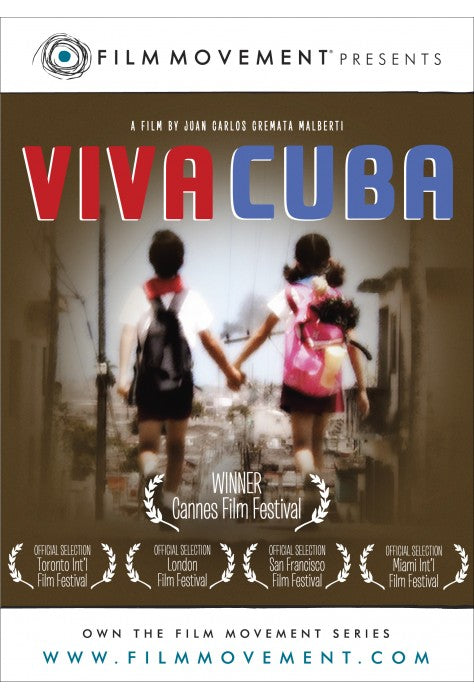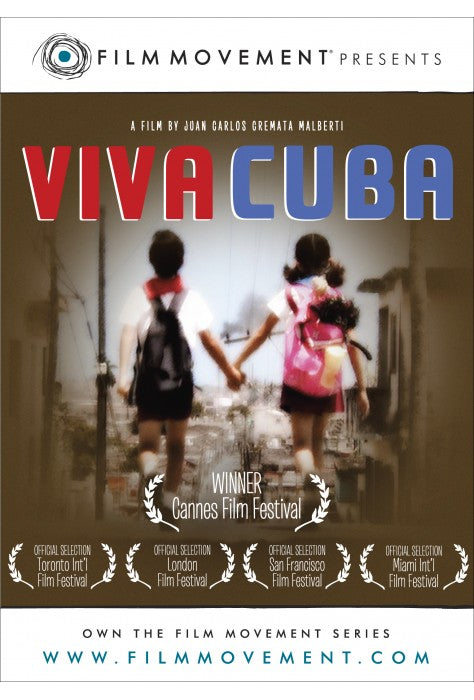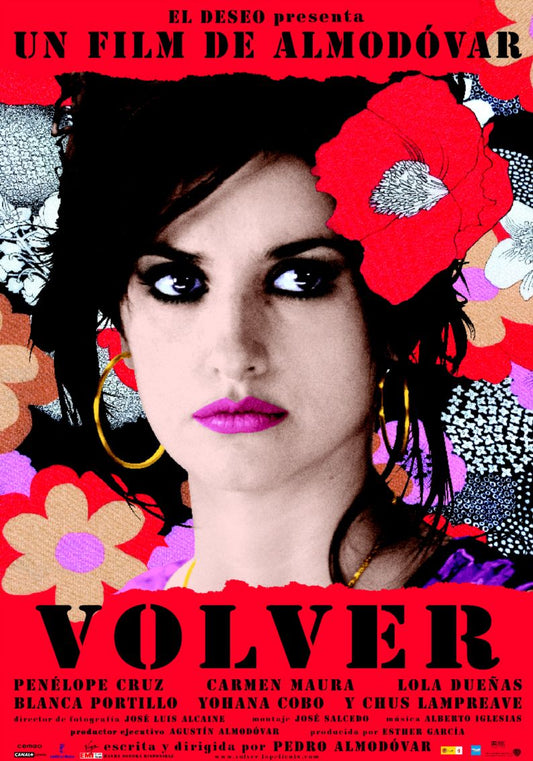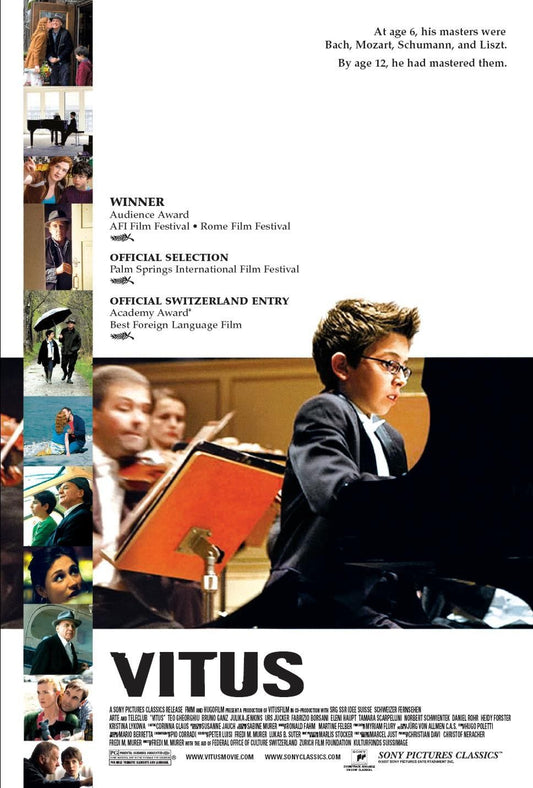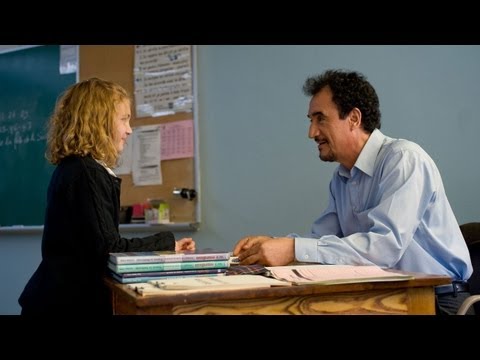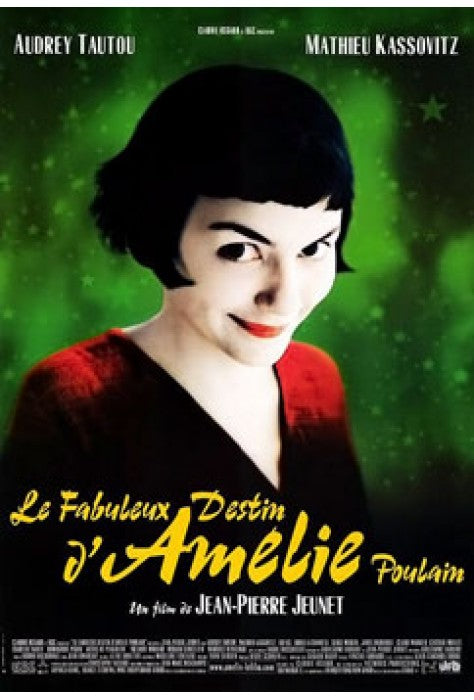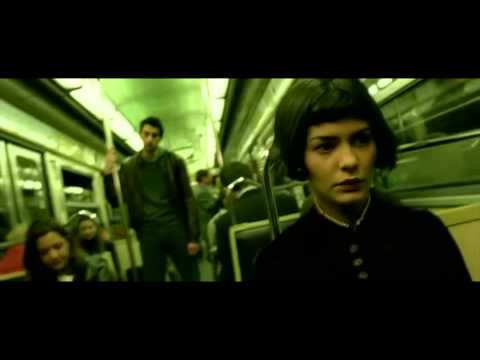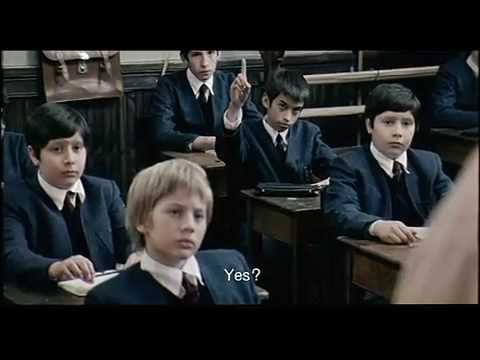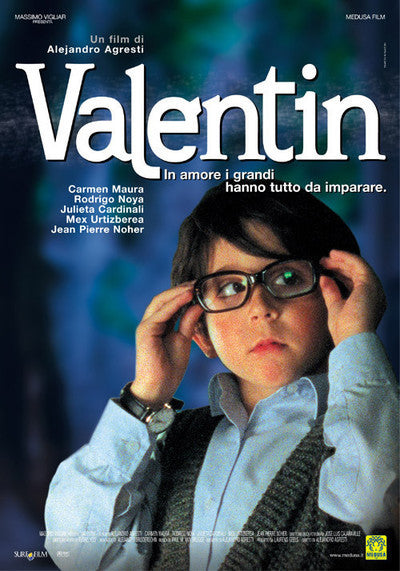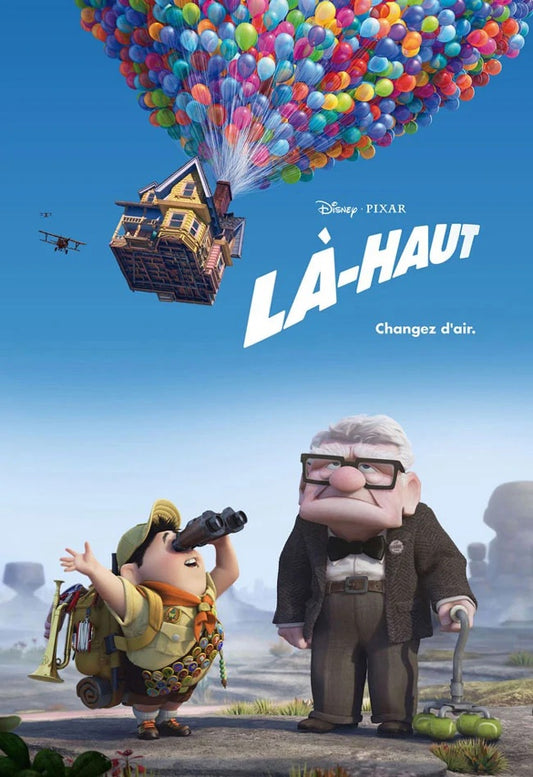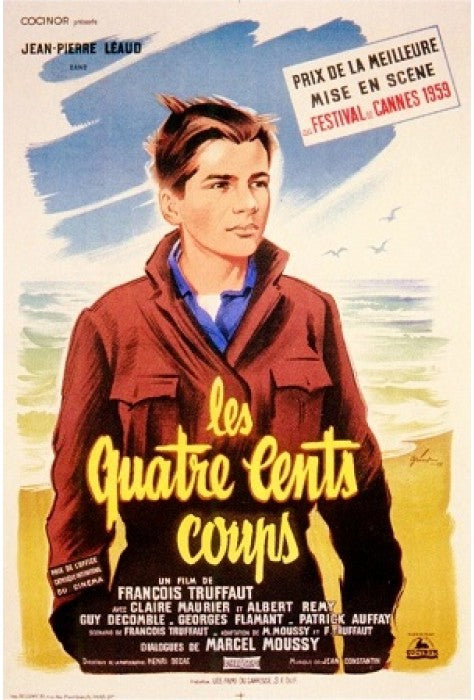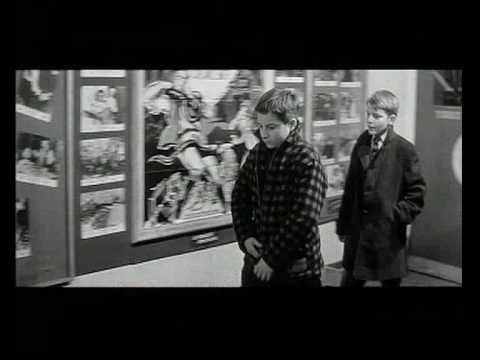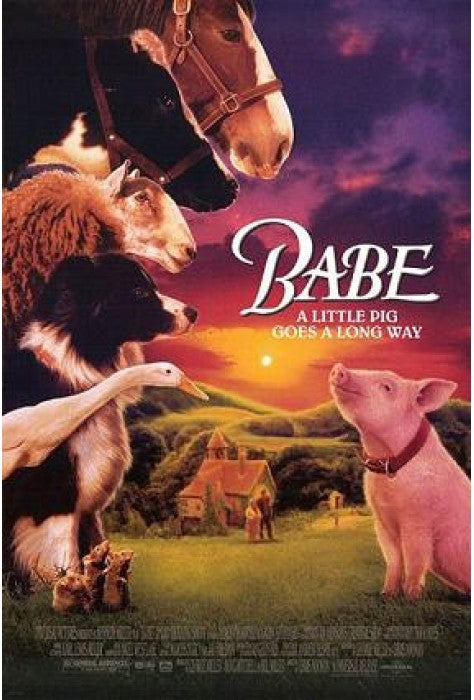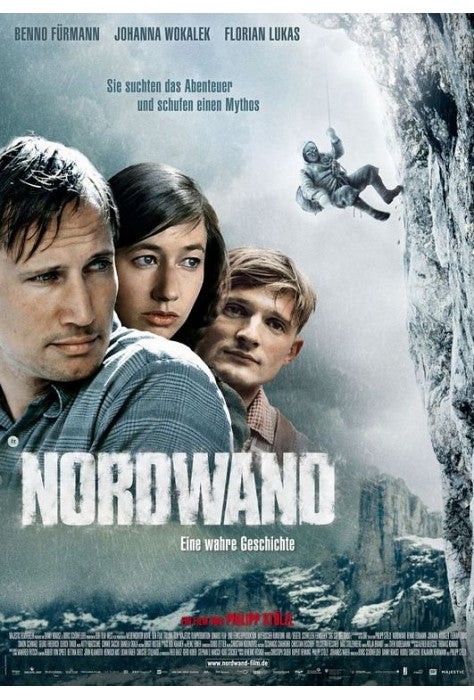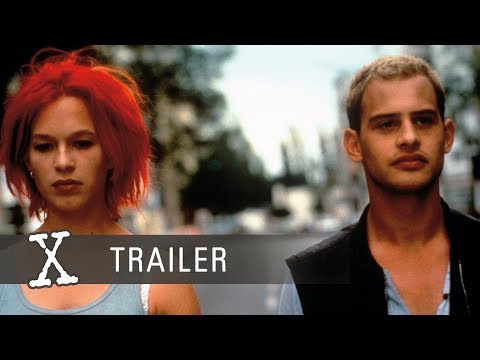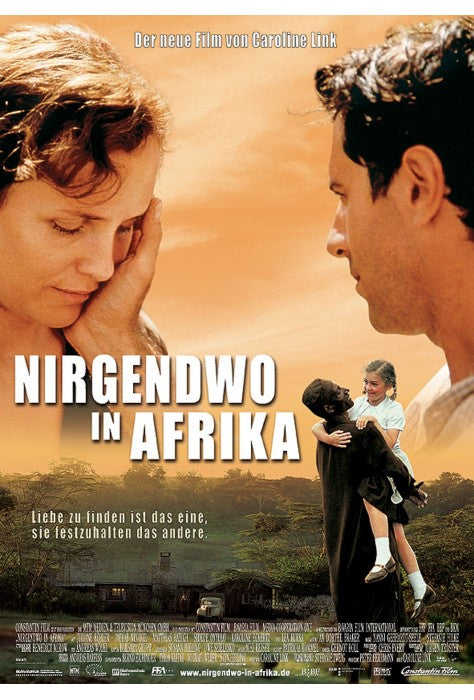Introduction: "Viva Cuba," directed by Juan Carlos Cremata Malberti, is a Cuban film that beautifully captures the innocence of childhood against the backdrop of a society in transition. The film follows two children, Malú and Jorgito, who, despite their different social backgrounds, share an unbreakable friendship. When faced with the possibility of being separated, the two embark on a journey across Cuba to prevent this fate. For educators, "Viva Cuba" offers a rich resource for teaching Spanish, providing opportunities to explore themes of friendship, cultural identity, and social change while engaging students in meaningful language practice.
Exploring the Film: Set in Cuba, "Viva Cuba" tells the story of Malú and Jorgito, two young friends from different social classes who are determined to stay together despite their families' differences. When Malú’s mother decides to emigrate, the children run away to find Malú’s father in a last-ditch effort to prevent the move. Their journey across the Cuban countryside is filled with challenges that test their friendship and resilience. The film’s portrayal of the children’s adventure offers a unique lens through which to explore the cultural and social landscape of Cuba, making it an ideal tool for language learning and cultural exploration.
Main Themes and Educational Value: "Viva Cuba" explores several themes that are both universal and particularly relevant for classroom discussions.
-
Friendship: The film’s depiction of Malú and Jorgito’s friendship provides a powerful platform for discussing the importance of loyalty, empathy, and understanding across social divides. This theme encourages students to reflect on their own friendships and the values that sustain them.
-
Cultural Identity: Through the children’s journey, the film highlights the rich cultural heritage of Cuba. This theme allows students to explore the concept of cultural identity and its role in shaping individual and collective experiences.
-
Social Change: The backdrop of a changing Cuban society provides a context for discussions about social change and its impact on individuals and communities. This theme can be used to inspire conversations about the ways in which societies evolve and the challenges that accompany such transformations.
Using the FilmArobics Process: The FilmArobics process is designed to help educators effectively integrate films like "Viva Cuba" into their language curriculum. The lesson plan for this film includes a variety of activities that support the development of Spanish language skills through listening, speaking, reading, and writing.
-
Vocabulary Building: The film’s dialogue introduces students to a range of vocabulary related to friendship, family, and everyday life in Cuba. Activities include identifying key phrases and using them in context, helping students expand their vocabulary in a meaningful way.
-
Comprehension Exercises: Students watch selected scenes and answer questions that test their understanding of the plot and characters. These exercises are designed to reinforce listening skills and ensure that students grasp the film’s key messages.
-
Discussion Prompts: The lesson plan includes prompts that encourage students to discuss the film’s themes and characters in Spanish. These discussions provide an opportunity for students to practice speaking and improve their conversational skills in a supportive environment.
-
Role-Playing Activities: Students can reenact scenes from the film, allowing them to practice their pronunciation and fluency while engaging in a fun and interactive learning experience.
Key Dates for Classroom Integration: To make the most of "Viva Cuba" in your Spanish curriculum, consider aligning your lessons with key dates that are significant to the film’s themes and cultural context:
- January 28th (José Martí’s Birthday): Discuss the film's exploration of Cuban identity and its connection to Martí’s ideals.
- April 22nd (Earth Day): Reflect on the film's portrayal of the Cuban countryside and the children’s journey through nature.
- May 20th (Cuba's Independence Day): Explore themes of independence and cultural identity within the film’s context.
- November 20th (Universal Children’s Day): Highlight the themes of friendship and the challenges faced by children in different social contexts.
Conclusion: "Viva Cuba" is more than just a film about childhood friendship; it’s a rich exploration of cultural identity and social change within the unique context of Cuban society. By incorporating this film into your Spanish curriculum, you offer students the chance to engage deeply with important themes while practicing their language skills. The FilmArobics lesson plans for "Viva Cuba" are crafted by teachers, for teachers, ensuring a structured and effective approach to language learning. Order your lesson plan for "Viva Cuba" today to bring this heartwarming and culturally insightful story into your classroom.


